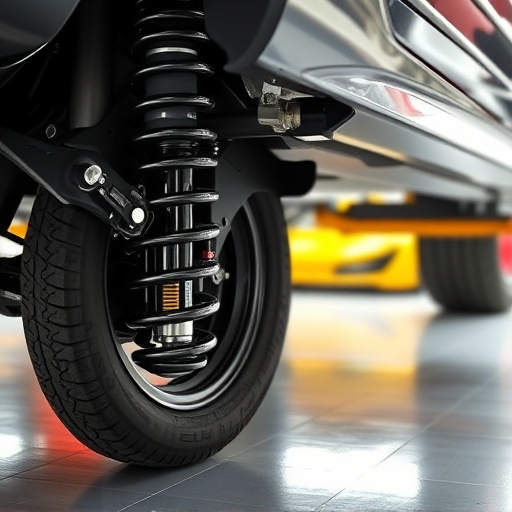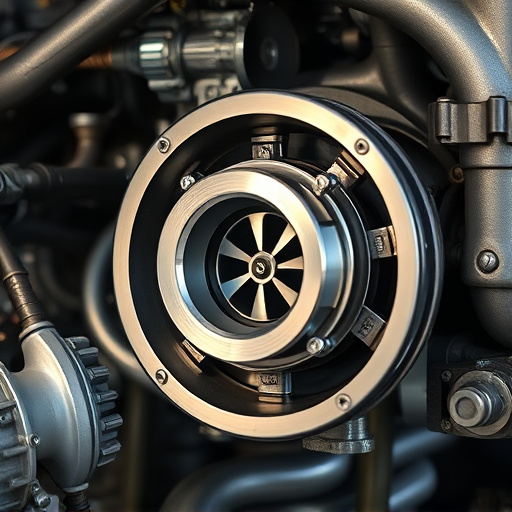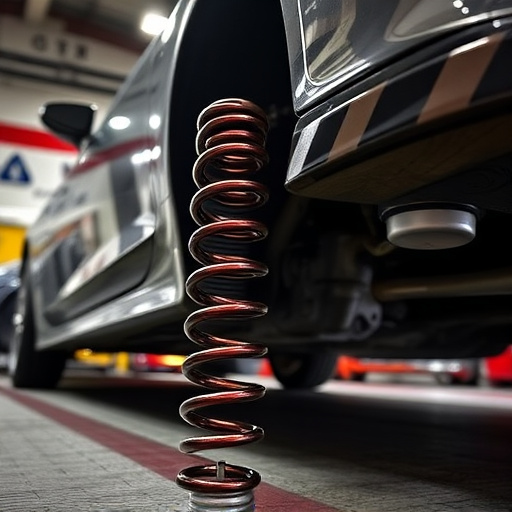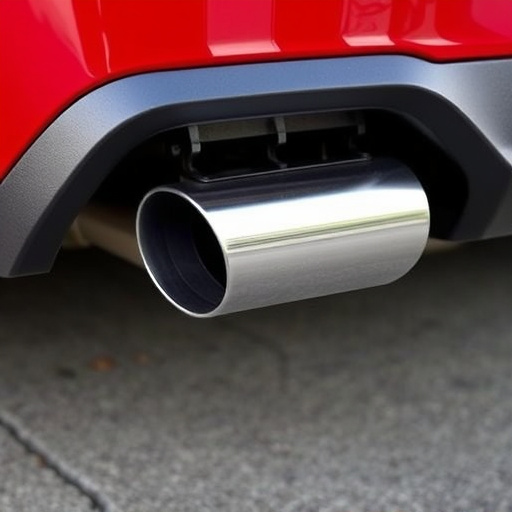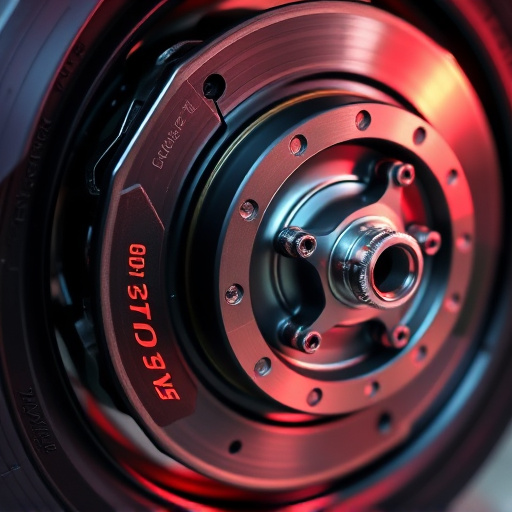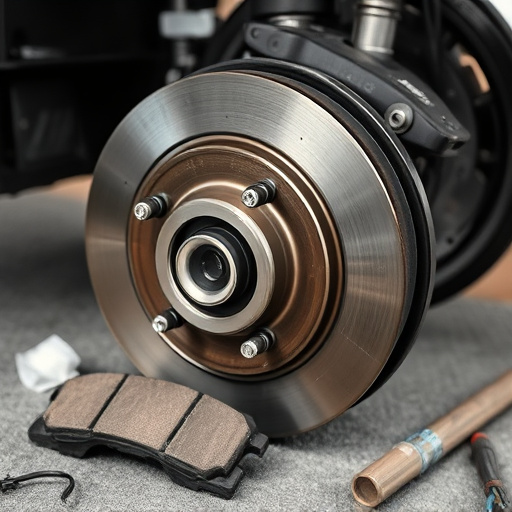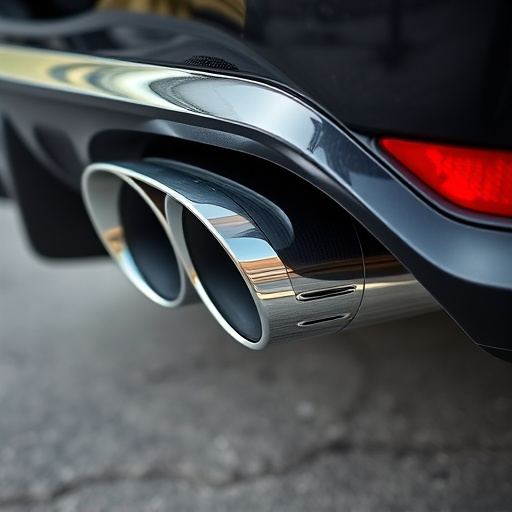Catalytic Converter Universals (CCUs) are a versatile, effective solution for vehicle emissions control, adaptable to various car and truck models. For optimal performance, proper installation is key: ensure a secure fit, inspect connections and gaskets, and check for damage or corrosion. Common issues include leaks, reduced engine efficiency, and exhaust noise; troubleshooting involves inspecting connections, gaskets, and securing the converter. Regular sensor maintenance is also vital for environmental compliance.
A universal catalytic converter (UCC) is a versatile, plug-and-play solution for emissions control. Its installation can significantly improve vehicle performance and reduce harmful pollutants. However, ensuring proper UCC installation is paramount for optimal efficiency. This article guides you through understanding the role of universal catalytic converters and offers a comprehensive step-by-step guide to verifying their correct installation. We also address common issues and provide troubleshooting tips for top-notch performance.
- Understanding Universal Catalytic Converters: Their Role and Benefits
- Step-by-Step Guide: Verifying Correct Installation
- Common Issues and Troubleshooting Tips for Optimal Performance
Understanding Universal Catalytic Converters: Their Role and Benefits
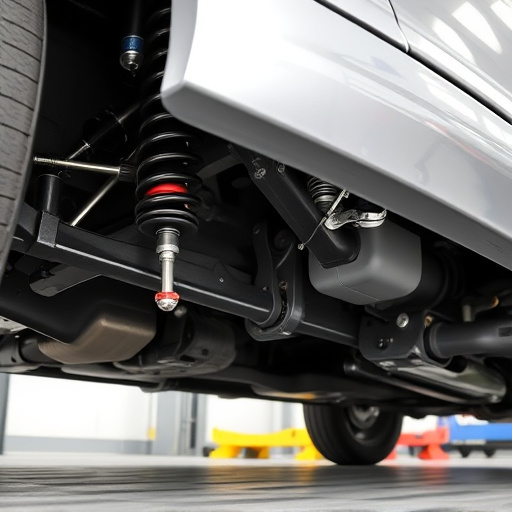
Universal catalytic converters are a game-changer when it comes to vehicle emissions control. These devices play a pivotal role in reducing harmful pollutants from exhaust gases, contributing to cleaner air and better environmental conditions. By facilitating a chemical reaction that breaks down noxious substances into less harmful compounds, universal converters ensure that vehicles meet strict emission standards. This is particularly important for those with modified engines or custom exhaust systems, as it helps maintain legal compliance.
One of the key benefits of universal catalytic converters is their versatility. Unlike specialized converters designed for specific vehicle models, these universal units can be adapted and installed in a wide range of cars and trucks. Whether you’ve got standard exhaust tips or even customized suspension kits, a universal converter can be tailored to fit, offering both performance and environmental protection. This adaptability makes them a popular choice for DIY enthusiasts and professionals alike, as they streamline the installation process while ensuring effective pollution control across various vehicle setups, including those with altered exhaust systems.
Step-by-Step Guide: Verifying Correct Installation
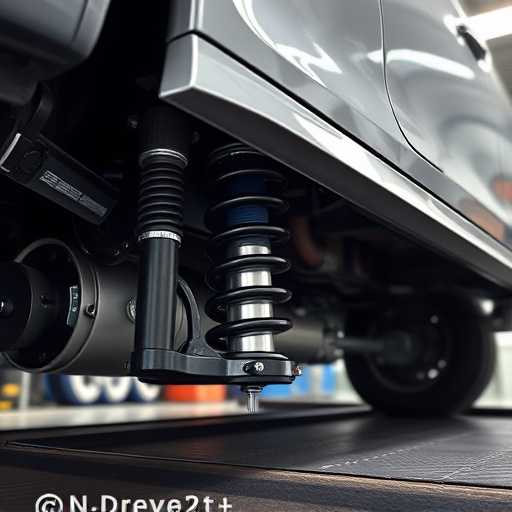
To ensure a catalytic converter universal installation is correct, follow these meticulous steps. Begin by confirming that the converter seamlessly fits into the exhaust system, with no signs of gaps or misalignments. The next crucial step involves checking the connections; verify that all bolts and fasteners are securely fastened, especially those linking the converter to the exhaust manifold and other components like coilover kits or performance air filters.
Inspect the gaskets for any tears or damage, as these play a vital role in maintaining proper seal integrity. Furthermore, examine the overall condition of the converter, looking out for signs of corrosion or damage that might compromise its efficiency. Ensuring these details will guarantee optimal performance and emissions control, aligning with your universal catalytic converter’s intended purpose.
Common Issues and Troubleshooting Tips for Optimal Performance

After installing a universal catalytic converter, several common issues can arise, impacting both vehicle performance and emissions control. One frequent problem is improper fitment, leading to leaks that not only contaminate the environment but also reduce engine efficiency. If your car exhibits reduced fuel mileage or noticeable noise from the exhaust, these could be signs of a faulty connection within the catalytic converter housing.
Troubleshooting these issues requires careful inspection of all connections and gaskets. Ensure that the universal catalytic converter is securely fastened to both the exhaust manifold and the cat back exhaust system. Check for damage to intake components, as cracks or deformations can compromise the air-fuel mixture, negatively affecting vehicle performance. Additionally, regular maintenance and timely replacement of sensors are crucial for optimal operation. By addressing these potential problems early on, you can ensure not only peak vehicle performance but also maintain adherence to environmental regulations.
A properly installed universal catalytic converter is key to optimizing vehicle performance and reducing emissions. By understanding the role of these converters and following a meticulous installation process, you can ensure your vehicle meets environmental standards. Regular maintenance and awareness of common issues will further enhance their efficiency. Remember, a well-installed universal catalytic converter is not just an upgrade but a step towards a greener, more sustainable future for transportation.



